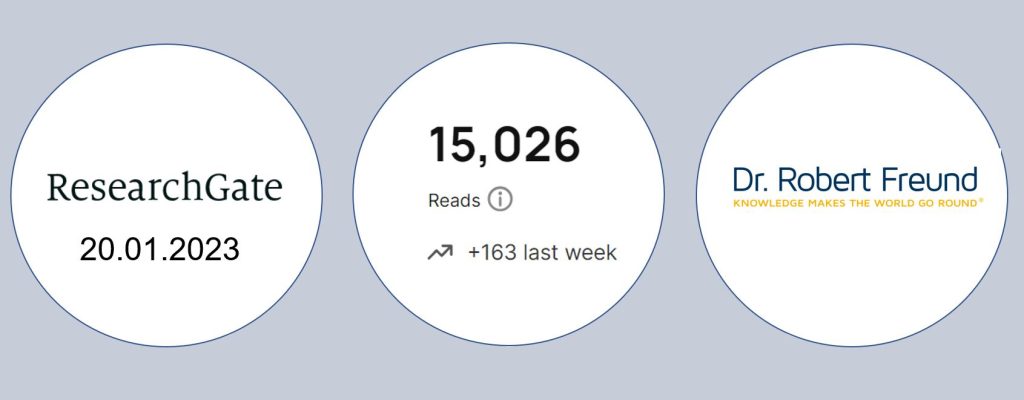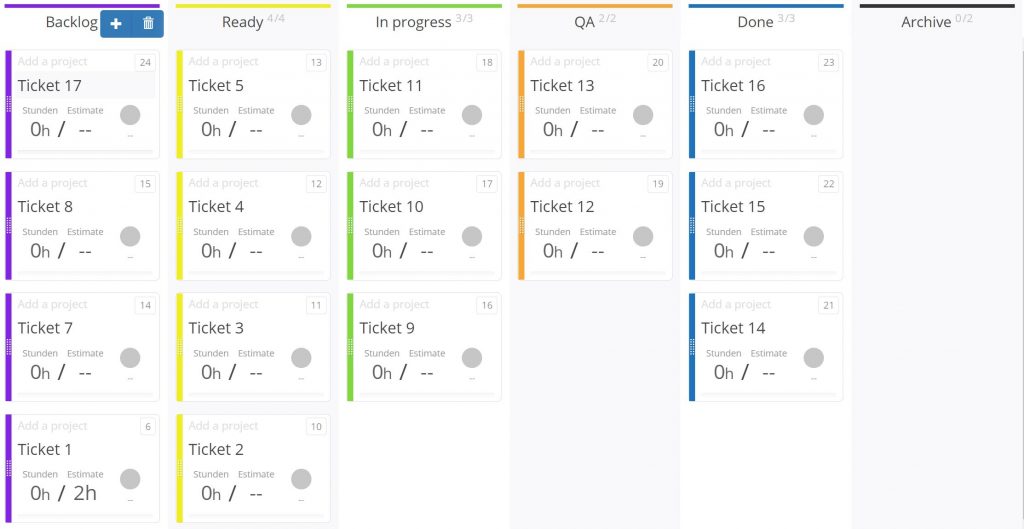
Im plangetriebenen (klassischen) Projektmanagement gehören Meilensteine zur Ablauf- und Terminplanung. Dabei sind Meilensteine besondere Ereignisse, zu denen definierte Ergebnisse vorliegen sollen. Im Controlling (Projektstatus) wird in Meilensteinplänen erfasst, ob die geplanten Meilensteine erreicht wurde, oder eben nicht. Dieser eher vergangenheitsorientierte Blick wird ergänzt durch einen Blick in die terminliche Zukunft des Projekts. Die Meilensteintrendanalyse (MTA) geht somit folgender Frage nach: Werden wir die noch anstehenden Meilensteine erreichen. Dabei ist es hilfreich, sich klar zu machen, dass die zu betrachtende (zukünftige) Zeitspanne nicht zu groß ist, da sich das Umfeld von Projekten heute sehr schnell ändern kann (VUCA).
„Die MTA kann grundsätzlich in allen Projekten eingesetzt werden. Es gibt aber auch Grenzbereiche von Projekten, in denen sie nicht angewandt werden sollte. Sie wird vor allem empfohlen für kleine Projekte, d. h. solche mit Laufzeiten von wenigen Monaten, bis hin zu Projekten von 2–3 Jahren Dauer. Bei längerdauernden Projekten ist der Nutzen der MTA fraglich. Die Schätzungen, die zu weit vorausliegenden Meilensteinen getroffen werden, können hier nur mit entsprechend großer Unsicherheit gemacht werden und haben somit wenig Aussagekraft. In solchen Fällen sollte zumindest ein Teilprojekt von bis zu 2 Jahren für die Anfangsperiode definiert werden, für welches die MTA mit gutem Erfolg angewandt werden kann“ (Albert, I.; Högsdal, B. (1996): Meilensteintrendanalyse).

In dem von uns entwickelten Blended Learning Lehrgang Projektmanager/in (IHK) gehen wir auf diese Zusammenhänge ein. Informationen zu unseren Lehrgängen und zu Terminen finden Sie auf unserer Lernplattform.








